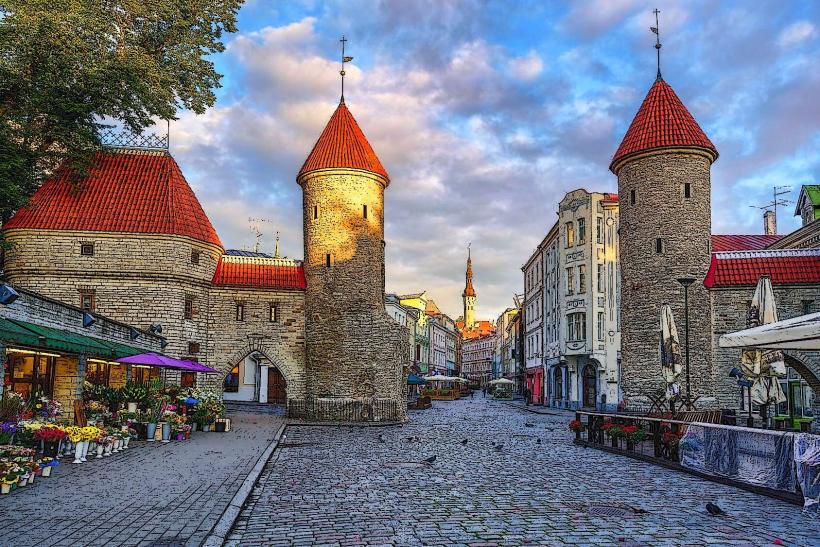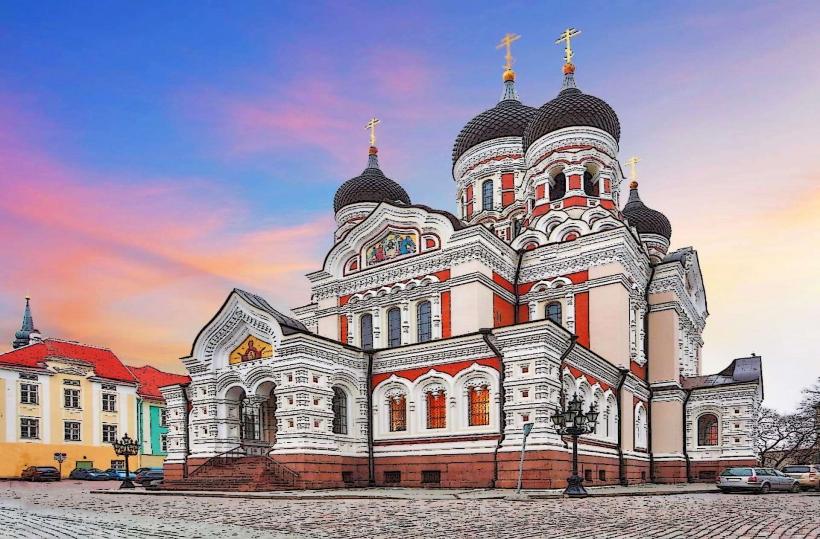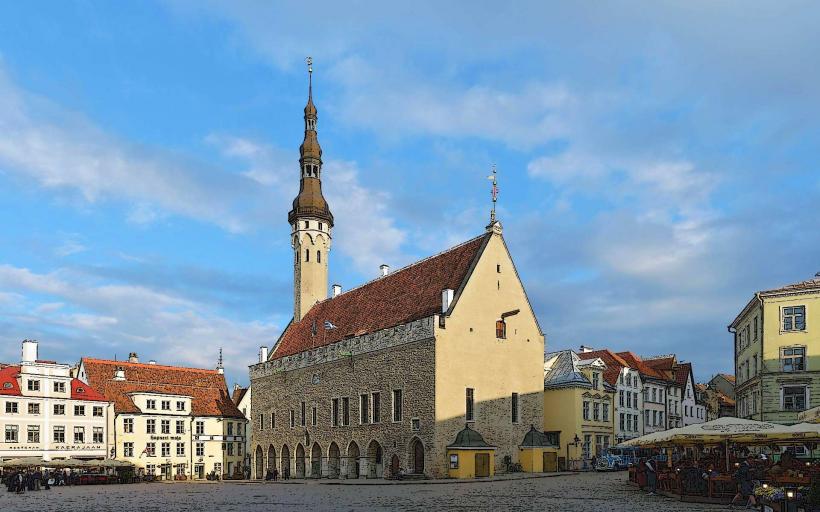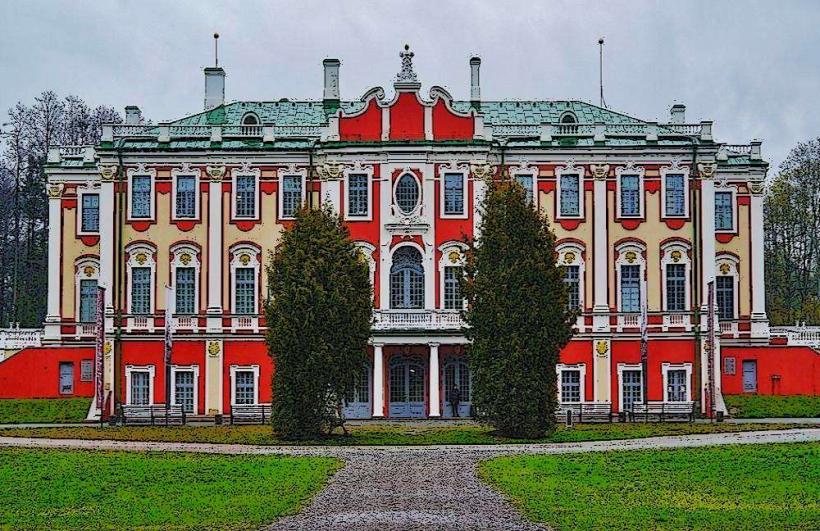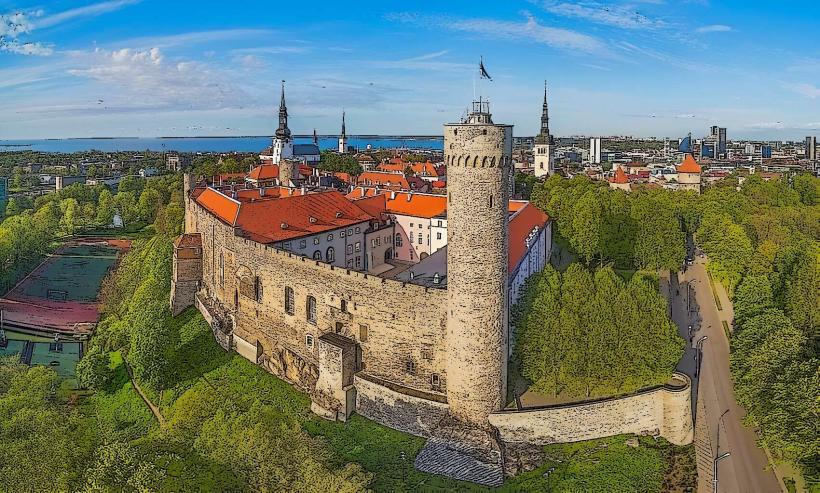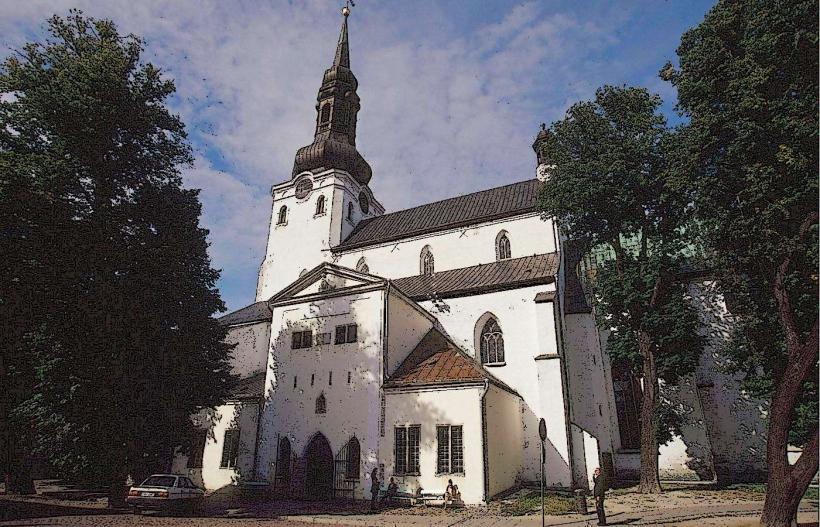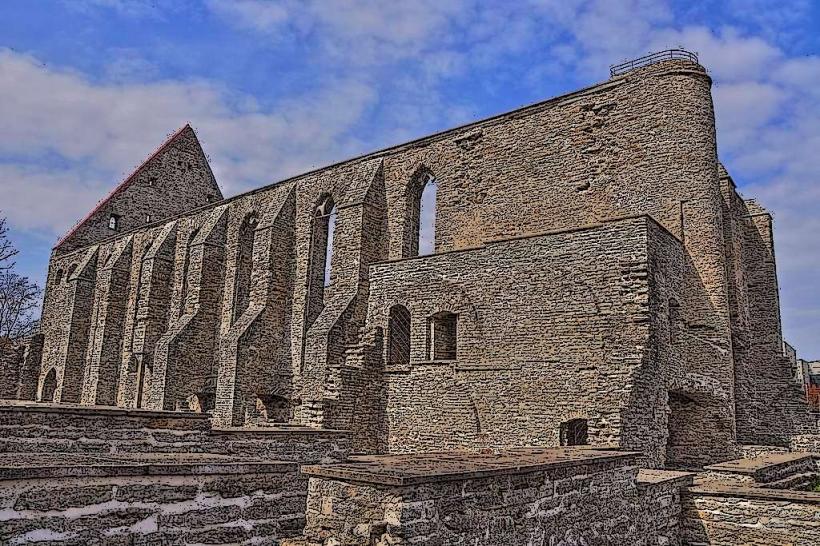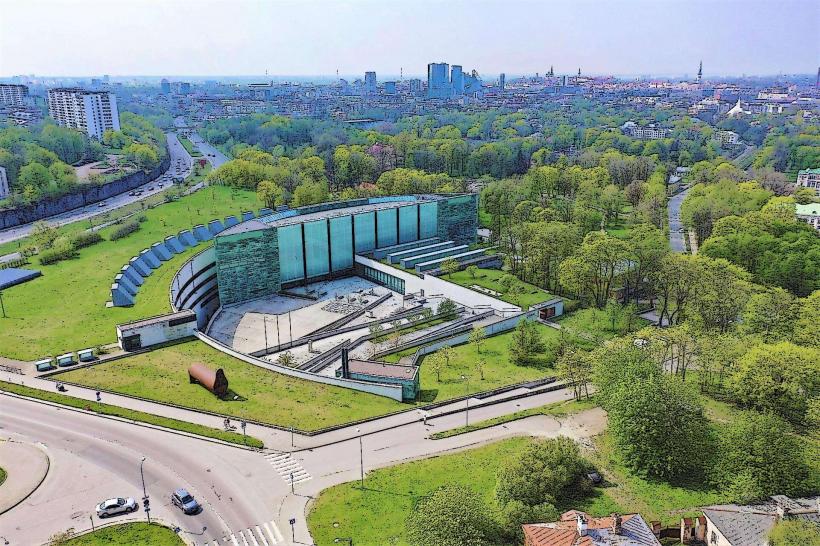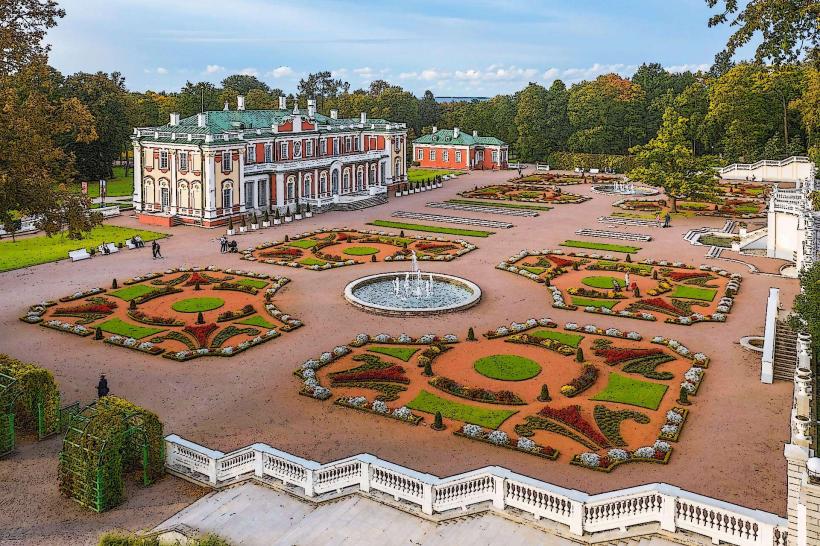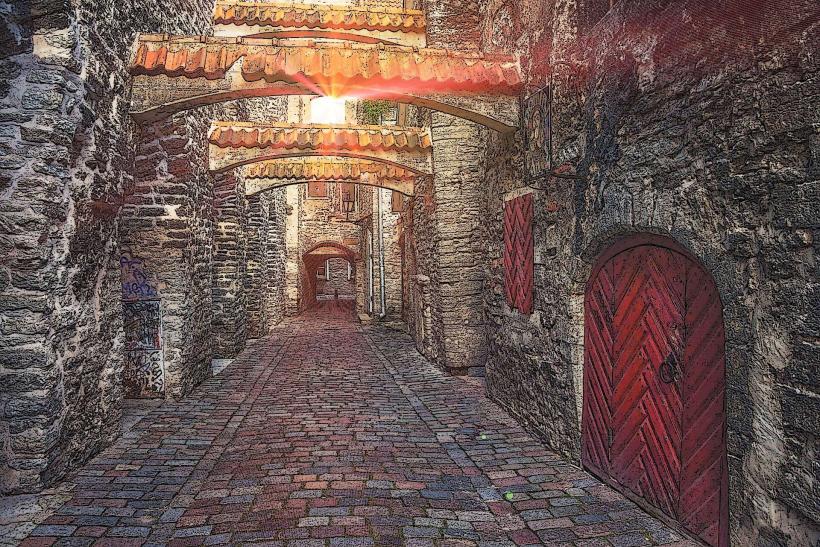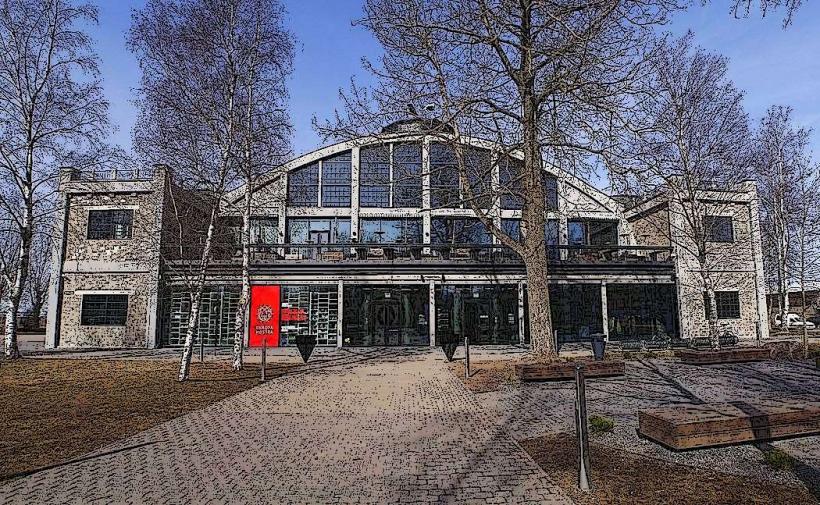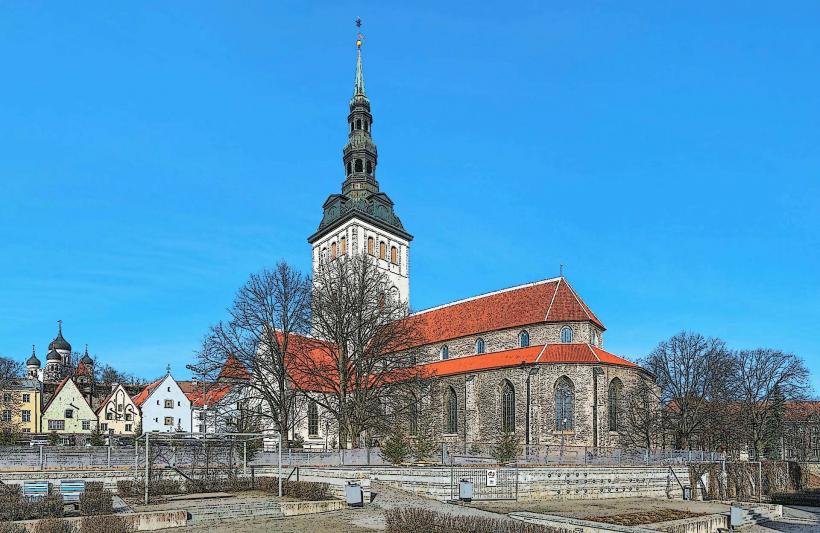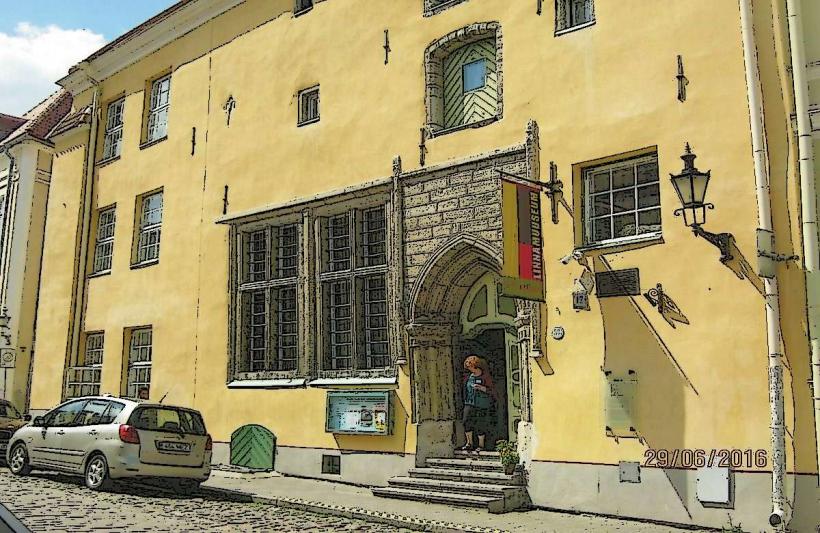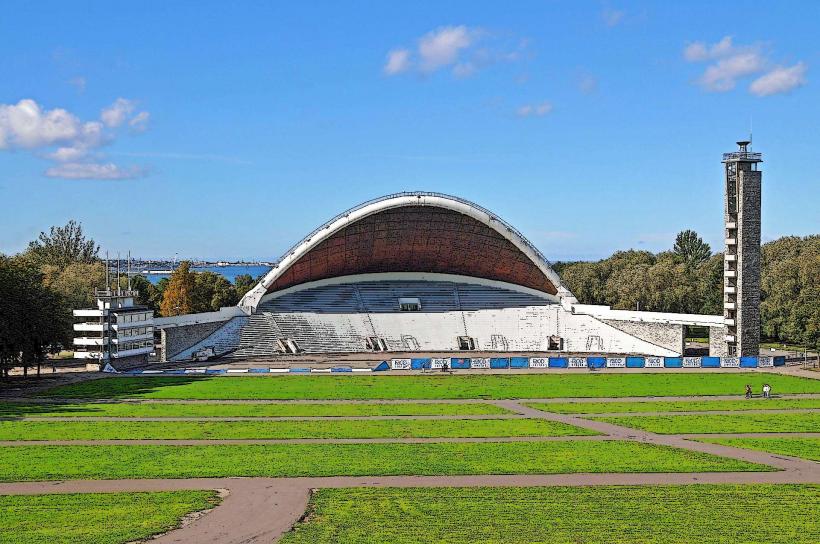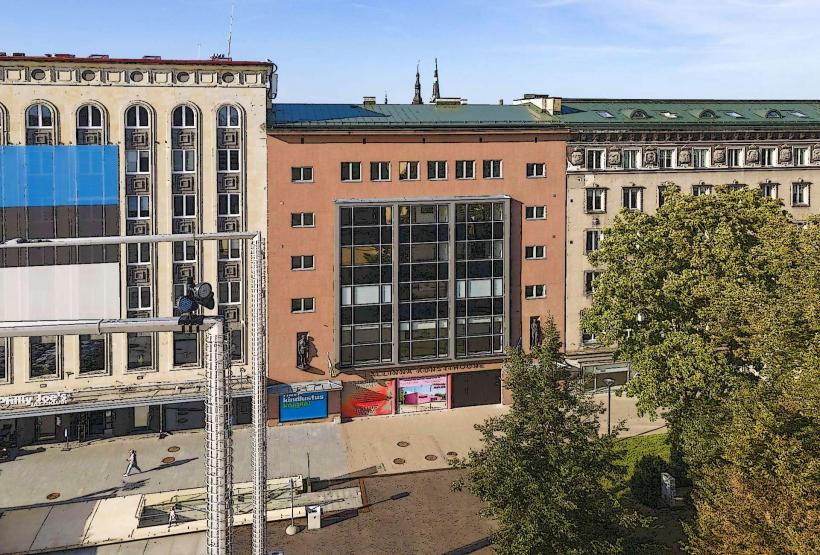Information
Landmark: St. Olaf's ChurchCity: Tallinn
Country: Estonia
Continent: Europe
St. Olaf’s Church (Oleviste Kirik) is one of Tallinn’s most iconic landmarks, renowned for its striking architecture and historical significance. Located in the heart of the Old Town, it has long been a symbol of Tallinn’s religious, cultural, and architectural heritage. Here’s a detailed look at St. Olaf’s Church:
Historical Background
Early Origins: St. Olaf’s Church is believed to have been founded in the 13th century, around 1267. The church was initially constructed as a Roman Catholic place of worship and was dedicated to St. Olaf, the King of Norway who was later canonized as a saint. The church has undergone various reconstructions and renovations over the centuries, with a significant transformation in the 14th and 15th centuries.
Medieval Significance: During the medieval period, Tallinn was an important member of the Hanseatic League, and St. Olaf’s Church became a key religious site for the city’s merchants, sailors, and residents. It also served as a guild church, where various guilds held their meetings and religious services.
Protestant Reformation: Following the Protestant Reformation in the 16th century, St. Olaf’s Church became a Lutheran church, reflecting the shift in religious practices in Tallinn and the broader Baltic region. This change marked a new chapter in the church's history, as it adapted to the evolving religious landscape of Estonia.
Tower's Height: St. Olaf’s Church was once home to one of the tallest structures in Europe. Its tower, built in the 16th century, was a symbol of the church’s importance. The church’s spire, at its peak, reached a height of 159 meters (522 feet), making it the tallest building in the world from 1549 to 1625. Although the spire has been reduced in height over time due to lightning strikes and other factors, it remains one of the tallest structures in Tallinn.
Architectural Features
Exterior:
- Gothic Style: St. Olaf’s Church is an excellent example of Gothic architecture, with its tall, narrow windows, pointed arches, and intricate stonework. The church’s exterior features a simple yet elegant design, with a whitewashed stone facade that contrasts beautifully against the vibrant red rooftops of Tallinn's Old Town.
- Tower: The church’s most striking feature is its towering spire, which remains a prominent part of the Tallinn skyline. The spire, though lower than it once was, still stands as one of the tallest structures in the city. The tower is topped with a weather vane in the shape of a rooster, symbolizing the church’s historical role in guiding sailors.
- Portal: The main entrance of the church is adorned with a decorative portal featuring Gothic elements, with detailed carvings depicting religious scenes and figures.
Interior:
- The interior of St. Olaf’s Church is austere and spacious, in keeping with Lutheran traditions. The church features high vaulted ceilings, pointed arches, and simple but elegant wooden furnishings.
- Altar and Pulpit: The altar area is decorated with paintings and sculptures, including a wooden altar piece dating back to the 17th century. The pulpit is finely crafted, with intricate carvings and a decorative canopy, typical of the church’s Baroque and Gothic styles.
- Stained Glass Windows: The windows of the church, though simpler than those found in many European churches, feature beautiful stained glass with religious imagery, adding to the peaceful and contemplative atmosphere inside.
Bell Tower:
- The bell tower is a key feature of St. Olaf’s Church. It contains several bells, some of which date back to medieval times. The bells are still used for church services and other events, and their distinctive sound can be heard across the Old Town.
Cultural and Religious Significance
Historical Role: St. Olaf’s Church has played a key role in Tallinn’s religious history, serving as a center of worship for both Catholic and Lutheran congregations. It has also been central to Tallinn’s religious life as a guild church and a site for religious education and preaching.
Tallinn’s Skyline: The church’s tower has been one of Tallinn’s defining landmarks for centuries. Its spire has served as a navigation aid for sailors, helping them find their way into Tallinn’s harbor. Even today, the tower remains one of the city’s most visible features, symbolizing Tallinn’s long history and maritime heritage.
Symbol of Tallinn's Religious Heritage: As a Lutheran church, St. Olaf’s has served the Estonian Evangelical Lutheran Church for centuries. It remains a living place of worship, with services held regularly. It also hosts cultural events, including organ concerts and musical performances.
Modern-Day Usage
Place of Worship: St. Olaf’s Church continues to serve as an active Lutheran church, holding regular services, including Sunday services, weddings, and other religious events. The church also hosts special services during key holidays like Christmas and Easter.
Tourist Attraction: The church is a popular destination for both pilgrims and tourists. Visitors come to admire its Gothic architecture, the panoramic views of Tallinn from the tower, and its historical significance. The church is part of the UNESCO World Heritage-listed Tallinn Old Town and is often included in walking tours of the city.
Concerts and Cultural Events: The church hosts concerts, especially during the summer months, featuring classical music and organ performances. The acoustics of the church make it an ideal venue for music, and many local and international musicians perform there.
Climbing the Tower
- The view from the tower is one of the main attractions for visitors to St. Olaf’s Church. The narrow, steep staircase leads to an observation platform near the top, where visitors can enjoy a panoramic view of Tallinn’s Old Town, the Baltic Sea, and the surrounding landscapes.
- The climb to the top is a bit challenging, but the breathtaking views from the top make it worth the effort. On a clear day, visitors can see as far as Tallinn’s harbor, the surrounding islands, and the city’s medieval rooftops.
Practical Information
Location: St. Olaf’s Church is located in the Old Town of Tallinn, easily accessible by foot from many of the city’s main attractions.
Opening Hours: The church is typically open to the public for visits, though opening hours may vary depending on religious services and events. It’s recommended to check in advance before planning a visit.
Admission: There is generally a small fee to climb the tower, though visiting the church itself is free. Donations are also appreciated to help with the church’s maintenance.
Why Visit St. Olaf’s Church?
Architectural and Historical Significance: The church’s Gothic design, combined with its fascinating history, makes it one of Tallinn’s most important landmarks.
Stunning Views: Climbing the tower gives visitors an opportunity to see some of the best views of Tallinn, including the medieval streets, the harbor, and the city’s historic buildings.
Cultural Experience: As a living church with a rich tradition of music and worship, St. Olaf’s Church offers visitors a chance to experience Tallinn’s religious and cultural heritage firsthand.
Serene Atmosphere: Inside the church, visitors can enjoy the peaceful and contemplative atmosphere, offering a break from the busy streets of Tallinn’s Old Town.
St. Olaf’s Church is a must-visit for those interested in Tallinn’s medieval history, Gothic architecture, and religious traditions. Whether you are there to admire its architectural beauty, explore its history, or simply enjoy the views, the church offers a unique and enriching experience in the heart of Tallinn.

